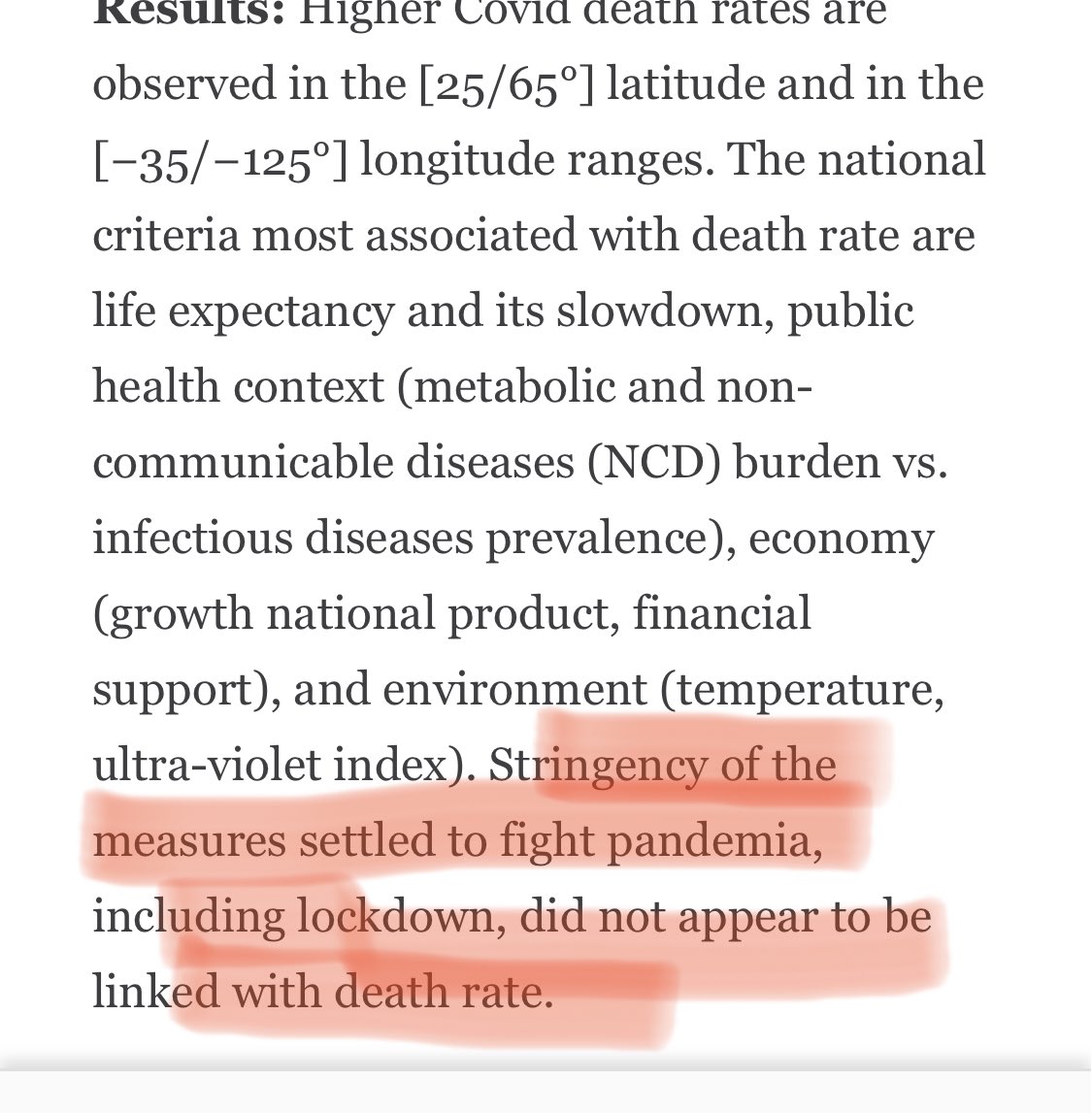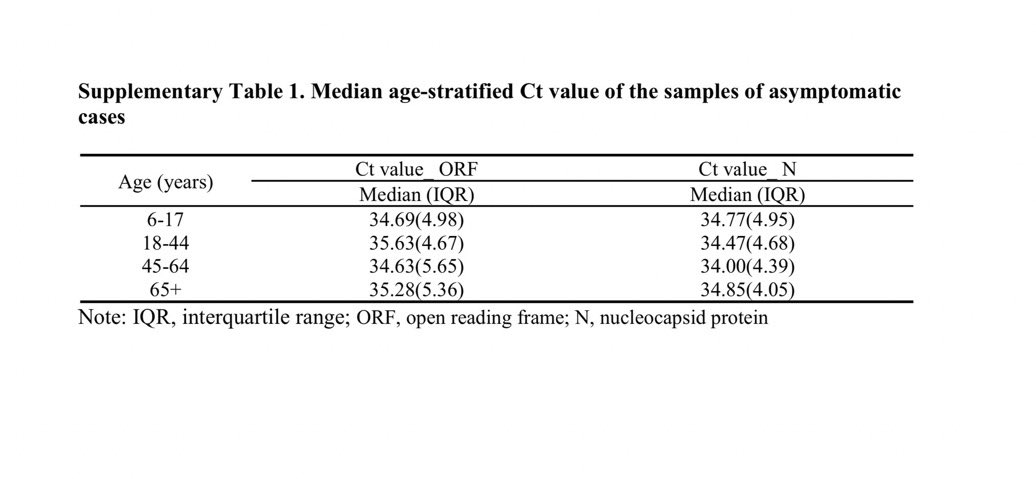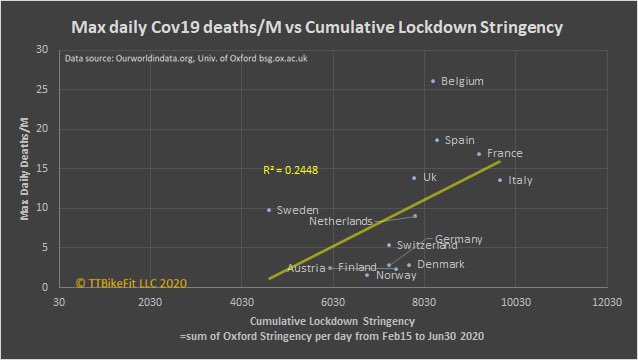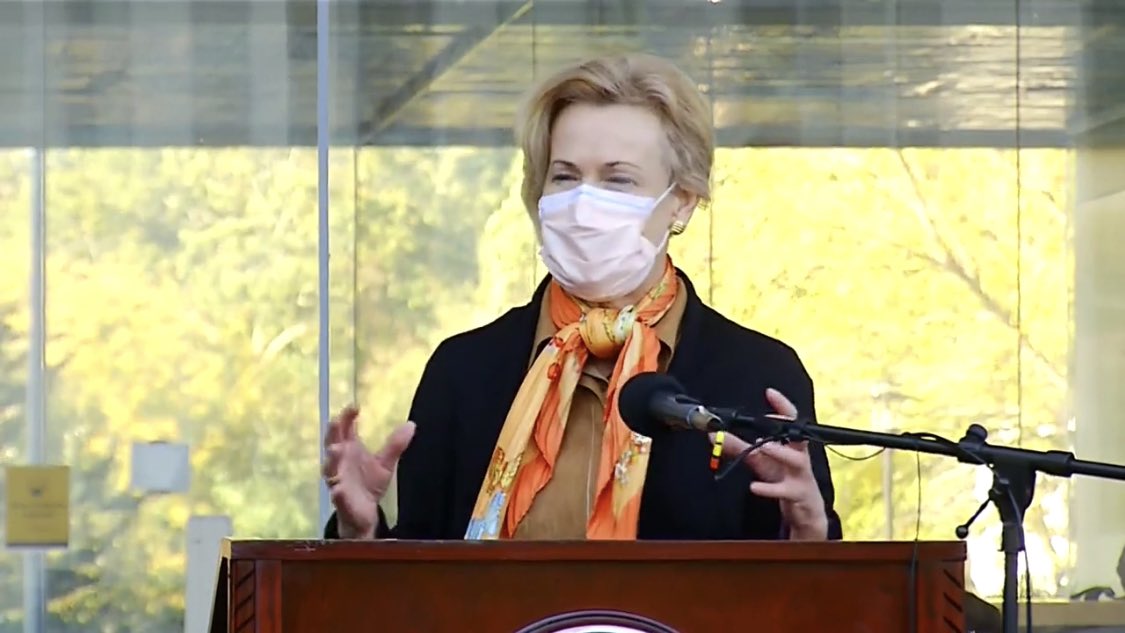
Two new studies today effectively destroying the gov’s response to C19.
✅Stringent measures have no correlation to outcome
✅No evidence of asymptomatic spread.
Banish the myths of lockdown effectiveness and “silent spread” and we are back to normal.
✅Stringent measures have no correlation to outcome
✅No evidence of asymptomatic spread.
Banish the myths of lockdown effectiveness and “silent spread” and we are back to normal.
First, this study shows death rates were influenced by factors like geography and elderly population (life expectancy) but NOT by stringency of Gov imposed measures frontiersin.org/articles/10.33… 

Second, a study of 10M (!) folks post lockdown in China showed ZERO transmission from asymptomatic individuals.
https://twitter.com/FatEmperor/status/1330078923930144768
The reason being, as so many of us “non experts” along with a handful of genuine experts have been saying for months, is that the so-called asympto folks were post-sympto and hence not infectious. The overly sensitive pcr test at mid 30s Ct is picking up garbage rna. 

More on this from an actual expert.
https://twitter.com/kevin_mckernan/status/1330131313941209092
Stop the madness. Is your “leader” bright enough or open-minded enough to understand any of this? If not, they are unqualified to make unconstitutional decisions ruining your life. We knew this months ago. They are just flailing now, reimposing measures that already didn’t work. 

• • •
Missing some Tweet in this thread? You can try to
force a refresh








